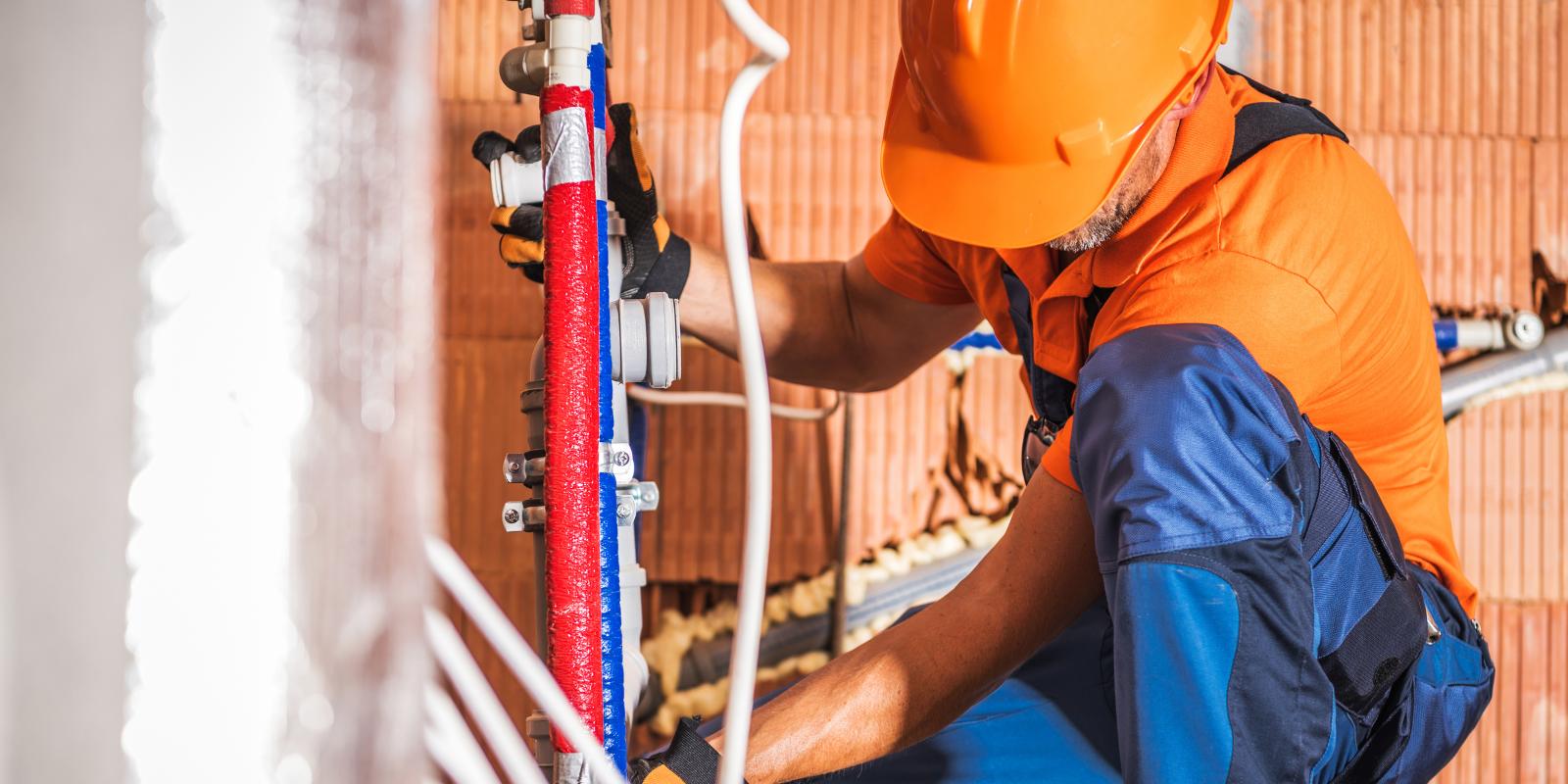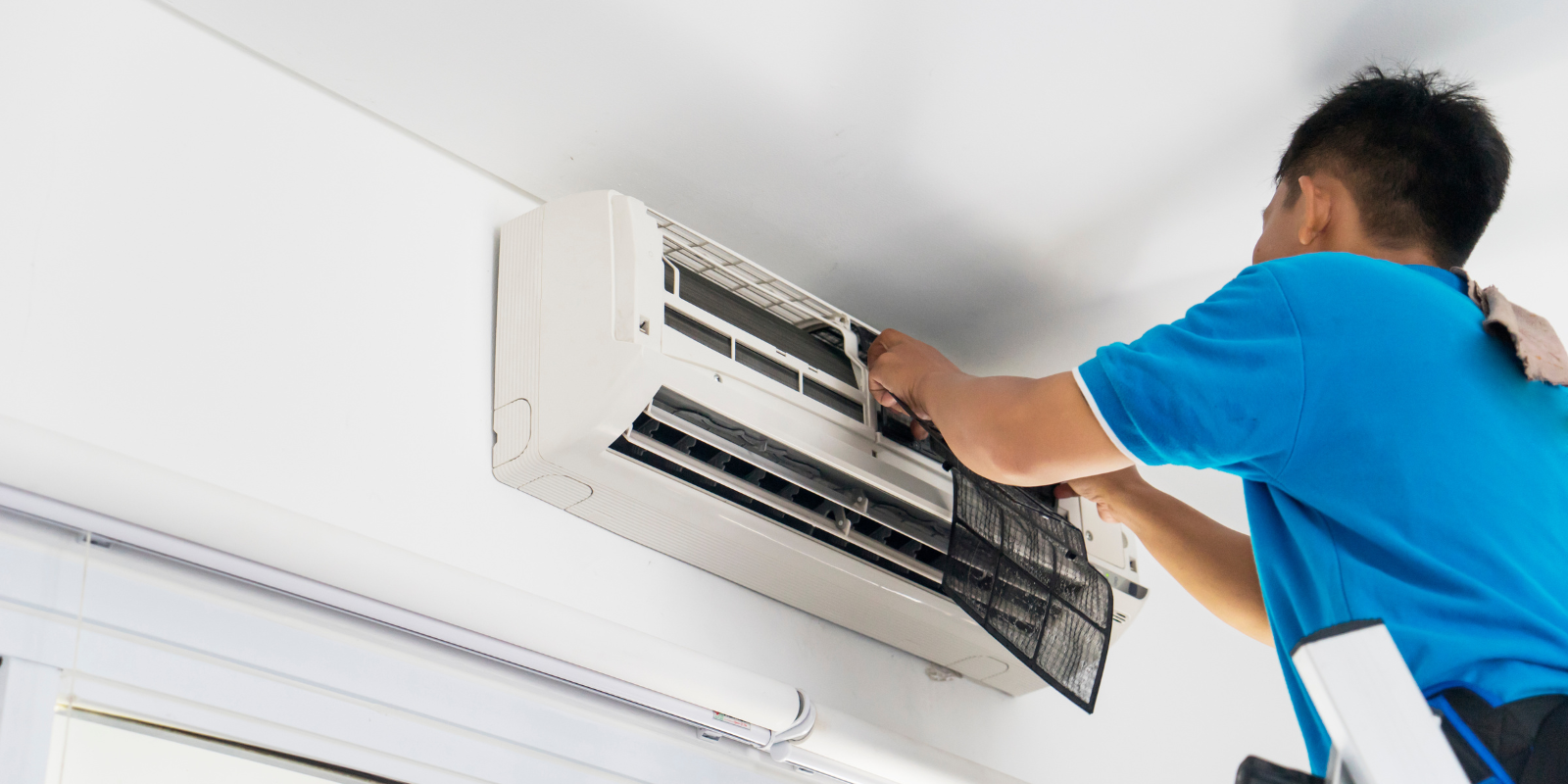
Summer Heat Isn’t Just Hard on You—It’s Hard on Your Plumbing
When we think about summer’s impact on our homes, air conditioning usually takes center stage. But while your HVAC system may be working overtime to keep you cool, your plumbing is quietly enduring a season of stress—and it’s often overlooked until something goes wrong.
Between higher water usage, temperature fluctuations, and aging infrastructure, summer can push plumbing systems to their limits. And if you’re not paying attention, you might miss the early warning signs until you’re dealing with a leak, clog, or worse.
How Summer Quietly Stresses Your Plumbing System
1. Increased Water Demand
Summer brings more showers, more laundry, more dishwashing, and more outdoor water use—from sprinklers to pools to garden hoses. All of this adds up to sustained pressure on your pipes and fixtures. If your system is already aging or has hidden issues, this uptick in usage can accelerate wear or trigger a failure.
2. Pipe Expansion in Extreme Heat
Just like any material, your pipes expand when exposed to heat. Prolonged hot weather can cause certain pipes—especially those in attics, crawl spaces, or along exterior walls—to shift slightly. Over time, this can loosen joints, create micro-cracks, or lead to slow leaks that go unnoticed until there’s visible damage.
3. Hot Water Heater Overload
Your water heater doesn’t get the summer off. In fact, if you’re using more hot water for longer showers, laundry, or dishwashing, it may be running more frequently than usual. Sediment buildup, aging components, and poor ventilation can all reduce efficiency and increase the risk of breakdown.
4. Sewer Line Vulnerability
Summer storms and droughts can affect your home’s sewer system. Heavy rainfall can oversaturate the ground, putting pressure on aging or cracked sewer lines. Conversely, drought conditions can dry and shift soil, creating instability that leads to misalignment or blockages.
5. Outdoor Plumbing Wear and Tear
From outdoor faucets and sprinkler systems to pool equipment and hoses, summer puts external plumbing to the test. Leaks in these areas often go unnoticed for weeks, quietly driving up your water bill or leading to water damage in basements or foundations.
What to Watch For: Early Warning Signs
Many summer plumbing issues don’t start with a dramatic flood. They start with small signs that are easy to miss:
-
Lower-than-usual water pressure
-
Rust-colored water or temperature fluctuations
-
A sudden spike in your water bill
-
Musty smells near walls or floors
-
Soggy spots in your yard or near outdoor spigots
-
Slow drainage or gurgling toilets after rain
If you notice any of these, it’s worth scheduling an inspection before the problem gets worse.
How to Reduce Summer Strain on Your Plumbing
Summer plumbing problems aren’t inevitable. A few smart steps can go a long way in protecting your system:
-
Schedule a seasonal plumbing inspection to catch hidden issues
-
Check outdoor fixtures and hoses for leaks or loose fittings
-
Flush your water heater to clear out sediment and improve efficiency
-
Be mindful of your water usage—especially during peak hours
-
Inspect areas with exposed piping, like basements or garages, for signs of wear
And if your home has older plumbing, it’s especially important to stay proactive. Heat, time, and usage can compound quickly.
Final Thoughts
Summer isn’t just a busy season for your family—it’s a heavy-lifting season for your home’s plumbing. And while the signs of strain might be subtle at first, the consequences of ignoring them can be costly.
By staying aware of the stress points and addressing small issues early, you can keep your plumbing running smoothly all summer long—and avoid the mid-season surprises no one wants to deal with.



